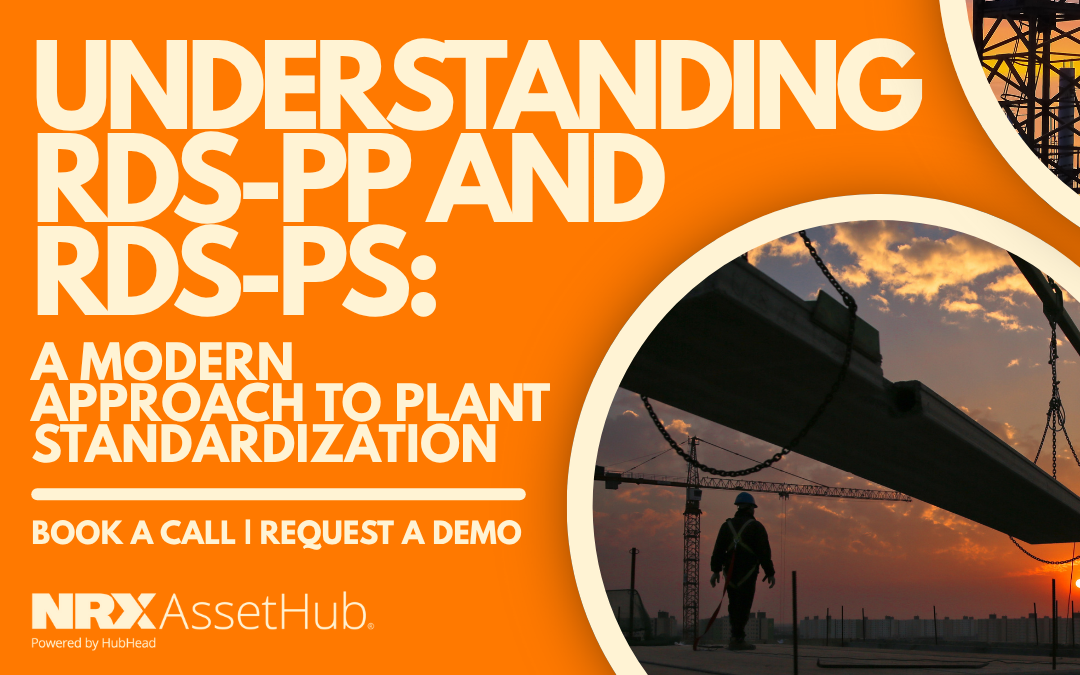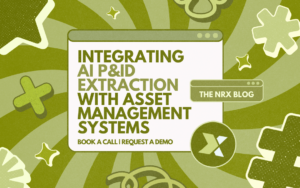A study by McKinsey shows that standardized engineering practices can reduce project costs by up to 15% and cut errors by 50%. In this context, reference designation systems such as RDS-PP and RDS-PS are transforming how industrial plants manage complexity, especially during digitalization and system migrations.

What are RDS-PP and RDS-PS?
RDS-PP stands for Reference Designation System for Power Plants, while RDS-PS extends this standard into Process Systems. Both are successors to the traditional KKS system and are governed by DIN EN 81346 and IEC 81346 standards. These international frameworks provide a structured and scalable approach to naming and organizing all assets and systems within a plant.
Unlike KKS, which focuses primarily on power generation, RDS-PP and RDS-PS support more flexible hierarchies. These systems are especially suited to digital transformation projects, as they integrate easily into EAM platforms, CMMS systems, and digital twin environments.
Why Move Toward Modern Standardization?
Modern industrial systems demand more than static naming. They require dynamic references that work across disciplines: mechanical, electrical, control, and software. RDS-PP and RDS-PS enable this multi-dimensional view.
For instance, in a combined-cycle power plant, using RDS-PP allows engineers to link a gas turbine’s mechanical data with its associated control logic and instrumentation within a single reference structure. This modularity supports cross-functional engineering and prevents duplication of effort during maintenance planning or system upgrades.
Additionally, using RDS-PP and RDS-PS helps ensure compatibility across global projects. This is particularly valuable for multinational operators migrating operations to unified platforms such as SAP Plant Maintenance or IBM Maximo.

Migration Insights
RDS-PS has proven invaluable in highly regulated industries such as chemical processing and pharmaceutical manufacturing. These sectors demand rigorous process control, accurate equipment tracking, and complete traceability, particularly during regulatory audits and compliance assessments. The ability to apply consistent naming across piping, valves, and control systems enhances operational integrity.
Supporting Digital Twin Architectures
RDS-PP and RDS-PS are highly compatible with digital twin models. These models require a unifying reference that links physical assets with digital records. Using 81346-compliant codes ensures that real-time sensor data and maintenance logs are interconnected accurately. Furthermore, the ISO-compliant structure supports semantic interoperability between systems. This makes it easier to integrate various vendor platforms, which reduces costs and avoids restricted system flexibility in return.
Future of Plant Standardization
As organizations strive for smarter operations, the role of scalable standardizations grows. Whether integrating legacy data or building new smart factories, RDS-PP and RDS-PS provide the blueprint. Companies migrating to AI-augmented systems or expanding their EAM investments find these standards essential to achieving coherence and resilience.
In a world where industrial data is exploding, clarity is king. Standardizations are no longer optional. They are the critical scaffolding for modern asset intelligence.
Conclusion
By adopting RDS-PP and RDS-PS, plant operators gain far more than organized documentation. They enable predictive maintenance and form the backbone of scalable digital twin ecosystems. For future-ready plants, these standards offer a path toward more agile, reliable, and cost-effective operations.
Integrating AI P&ID Extraction with Asset Management Systems
ISO 14224 vs Other Maintenance Standards: What Sets It Apart?
Building Trust in Your Asset Data: Strategies for Governance
Share this article




